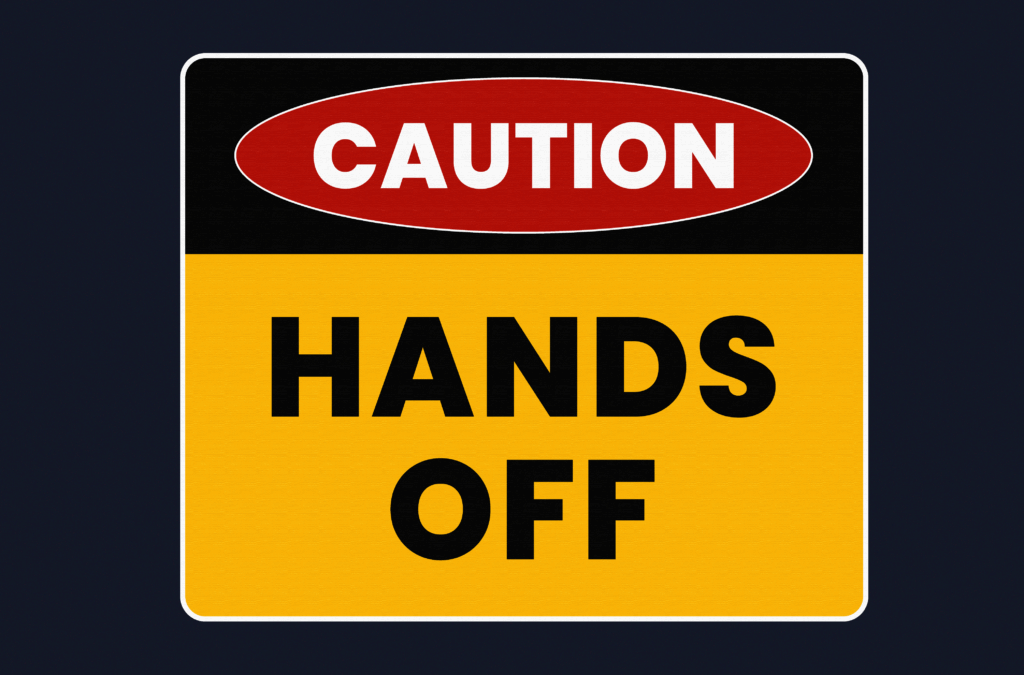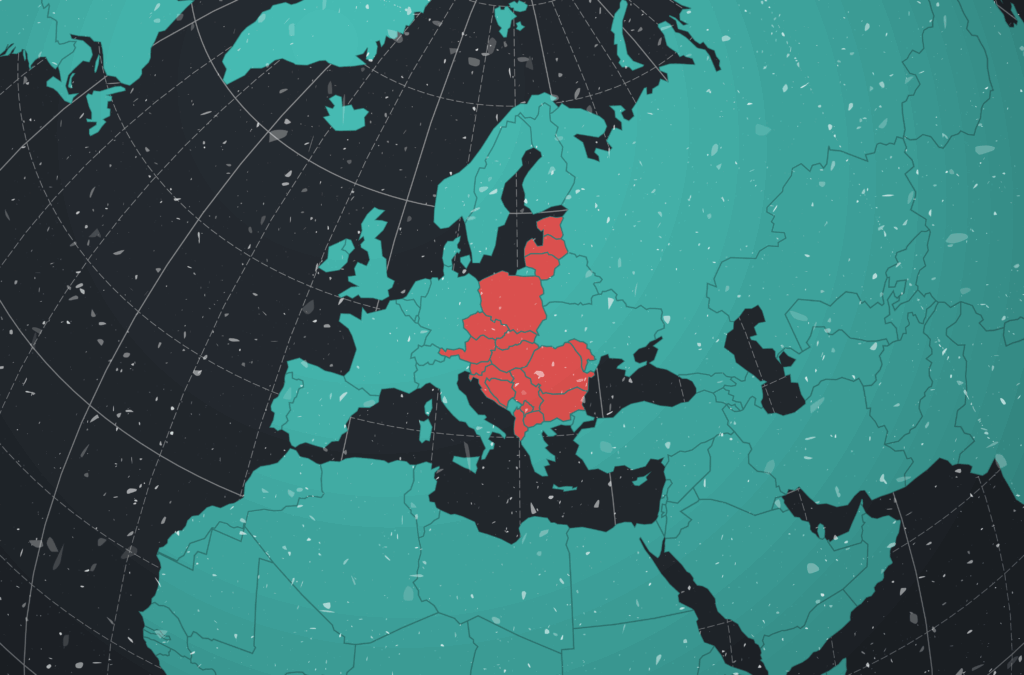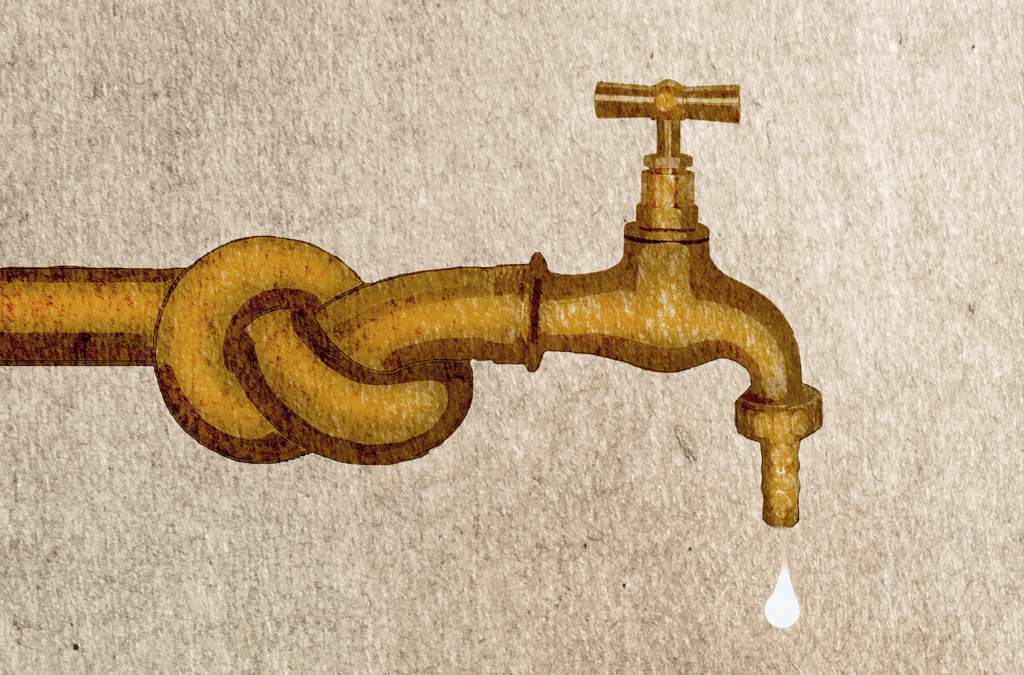
Incubating Innovation

Is innovation having a real impact on efficiency and claims handling?
Claims is the perfect area to incubate innovation. Emerging technologies have proven they can improve the efficiency and effectiveness of the claims experience. Innovative adoption includes the use of images and video in claims intake sourced from policyholders, aerial imagery and drones; field adjusters using smart glasses; and auto-shutoff water valves, to name a few. The ultimate benefactor of the restoration process improvement is the policyholder through an improved and transparent customer experience. The other areas are certainly efficiency and effectiveness where, for example, a drone can be deployed to a disaster site to assess a claim in unsafe or difficult-to-enter areas.
Internally, insurers are dealing with a significant turnover of knowledgeable workers over the next two to three years. They need to look at modernizing their processes to prepare the less experienced workers to perform these tasks. An example of this in action is companies’ use of smart glasses [essentially, a wearable computer] to deploy less experienced field adjusters who can be coached by experienced field adjusters who are working from the office and can participate in several field evaluations without having to travel to the site.
Does technology offer opportunities to detect losses earlier and to prevent them?
Emerging technologies are having a significant impact in all three areas of claims: restoration, mitigation and prevention. Through the use of data, analytics, connected cars, water and motion sensors, and other technologies, the industry is being thrust forward into new areas of focus, where prevention and mitigation are significantly enabled by the technology.




